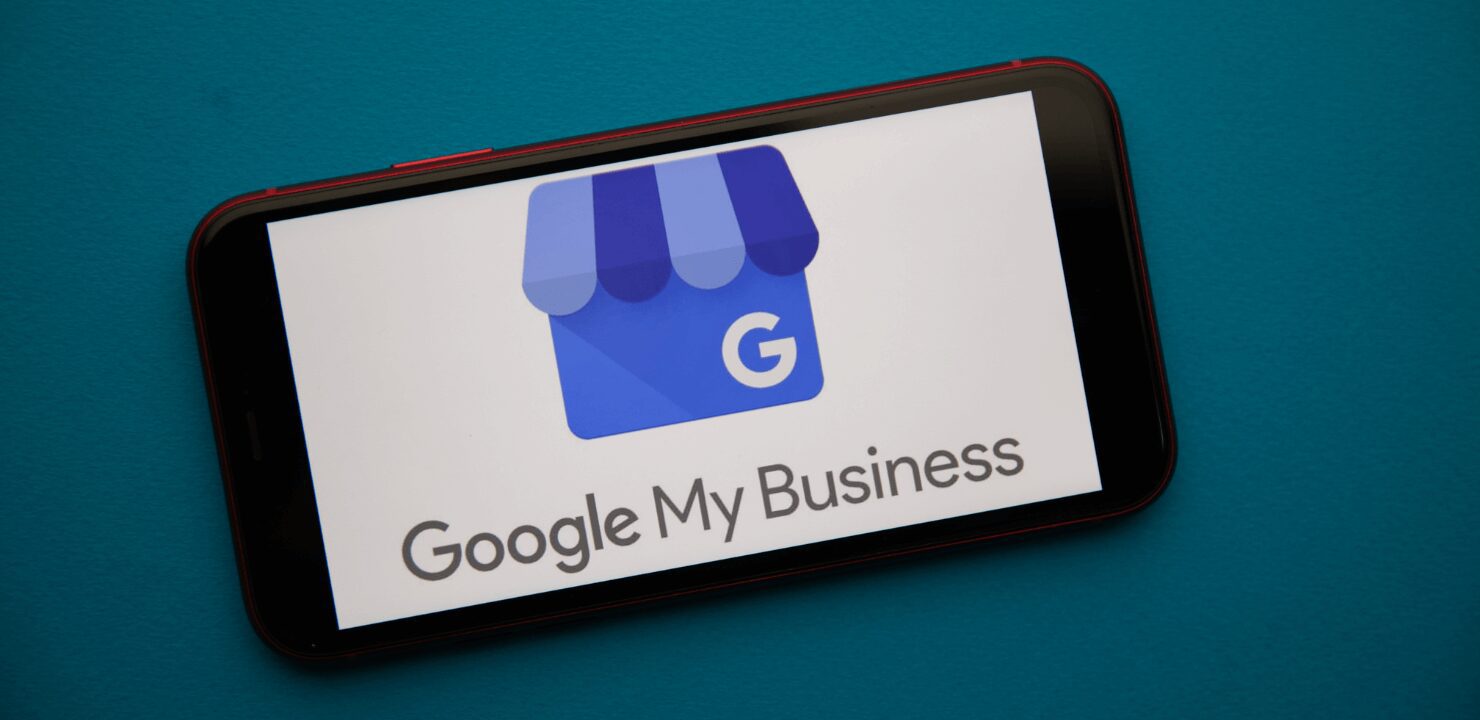Are you getting the most out of your Google Ads? If you find that your ads aren’t working as well as you hoped, you may need some fine-tuning. These Google Ads best practices will help you up your conversion rates and more effectively target your marketing budget.
10 Google Ads Hacks for Market Domination
December 1st, 2022
How to Optimize Google Ads Campaigns


1. Discover the magic of negative keywords.
You may have great keywords, but negative keywords can really work to your advantage, especially if your search terms can have two meanings. Take for instance “adoption.” If you are doing pet adoption, then your negative keywords would be something like -child or -baby.
2. Zero in on the profitable times and days.
Monitoring is one of the most important Google Ads best practices. You need to run predefined reports on time to see the days and times that are most profitable and active – and which are money suckers. A local business can also do this for the geographic reports.
3. Make your ad content pop.
This may seem basic, but so many marketers overlook the finer touches to content like adding some emotion or including statistics. Use ad extensions and compelling details to grab attention as part of your Google Ads best practices.
4. Study processes that are working.
Do a little investigating and see what is working for your competitors. Knowing what keywords work for them and what strategies are effective can help you shape your campaign into something more effective.
5. Utilize remarketing strategies.
Did you know that conversion usually doesn’t happen on a person’s first visit to a site? You may not have thought of remarketing, but you should add it to your list of Google Ads best practices. It can be used to draw back those abandoned carts or those who clicked on your ad earlier.
6. Fix the Display Network, so it’s more profitable for you.
At first glance, Google’s Display Network seems great, but do you know where your ads are showing up? Turning your ads out into the wild is a bad idea. Do your homework and take a more targeted approach.
7. Pay attention to the details.
Make your ad copy pop with little details that have a big impact such as capitalization and the RIGHT keywords. Go for key ad placement and test, test, test to find what works and what is just wasting your marketing dollars.
8. Create landing pages.
Landing pages are essential for any Google Ads strategy. It gives your prospects a place to land and will guide them through the conversion path with more success than a generic page that speaks to nothing.
9. Create keyword ad groups with dedicated landing pages.
You want to align your landing page with specific ads for maximum effect. This makes every click more valuable and ups your quality score.
10. Don’t ignore mobile.
This may seem like a no-brainer, but there are still many businesses that do not have a mobile-friendly website or landing pages which is a terrible mistake when talking about Google Ads best practices. When you consider that more than more than 85% of Americans own a smartphone, it is just smart to make sure your content is mobile-friendly.
Additional Google Ads Best Practices To Optimize your Campaigns
Reach a broad audience with video
Video ads are a great way to reach a broad audience and part of Google Ads best practices as they are relevant on several levels. For example, you could create a video ad for your website that displays the text of your website while showing your product. Viewers who watch the video will see the text and can read more about your company. This is an especially relevant strategy when marketing online courses, seminars, or other information-based products.
Avoid broad keywords
By using broad keywords, you highly increase the chances of Google showing the ad to the wrong audience, representing a loss for your investment. Instead, use short, specific keywords that people are more likely to type into their search engine when looking for your product. For example, if the keyword you’re targeting is “gift boxes,” you should use a longer and more descriptive keyword like “gift wrapping service.” This will increase the chances of your ad appearing at the top of the search engine results page.
Optimize your headline and description
The headline and description are the most important parts of your Google Ads content. It’s important to ensure that these two elements are targeted for your audience’s search queries and promise relevant information. To get the best results from your ads, it’s vital to make sure that you use the correct keyword in your title.
Don’t run irrelevant ads
Your ads should be as relevant as possible to your target audience. Make sure to include the keywords you will be targeting as well as matching the user intent. You can also use responsive search ads to make sure you’re serving a relevant google ads campaign by mixing your headlines and descriptions to come up with a highly relevant add idea that satisfies users search queries.
Ensure you’re tracking everything correctly
The first step to success on AdWords is tracking and managing your campaigns. You should be using Google Analytics for this, and you’ll find it easy to track your campaign progress. A common mistake that advertisers make is not tracking their costs accurately. This can be particularly important with PPC ads, where there’s a risk of losing money if you don’t carefully watch for changes in cost per clicks (CPC).
Tracking your costs correctly also ensures that you set clear expectations with clients and are able to provide them with results that match up well against those expectations. Also, you should closely track conversions as this will represent the return on investment of your campaigns and will help you identify if optimizations are needed for your campaigns.
Use relevant extensions
The most common mistake we see advertisers make is not adding relevant extensions to their ads. This includes the product name, brand name, and a call-to-action button. Make sure you’re adding the appropriate extensions and that your ad is relevant to what people are searching for on Google.
Link Google My Business
Linking your Google Ads account to Google My Business will allow you to run campaigns that catch queries based on a geo-modifier. For example, if a user performs a search query looking for “men’s shoes near me,” Google will look at the user’s current location, and if it’s close to your business, the ad will be displayed to him.


Are you looking for a digital marketing partner that will put YOUR bottom line first? RealTop Marketing has the solutions that will build up your bottom line without bottoming out your budget. Get a Free Marketing Plan from REALTOP today and start making the most out of the Google Ads platform!
Best regards, Nik Tsoukales, CEO
Direct Line: 617-315-1138
Main Line: 800.676.8350
Skype: nikitastsoukales
nik@realtop.com
FAQs
Should Google Ads run 24/7?
Yes, it’s important for Google Ads to run 24/7. Because Google Ads are constantly being optimized, it’s important to have them running all the time to maintain your ad’s visibility and bid. Additionally, running Google Ads 24/7 maximizes your ad’s exposure across the entire day and night cycle. This gives you the best possible chance of finding and converting potential customers.
Why do Google Ads get disapproved?
There are a number of reasons Google Ads might get disapproved. One common reason is if your ads are not relevant or engaging to users. Users should be able to quickly understand the nature of your offer and the relevance of your ad to their needs. A poorly written ad that is difficult to understand or contains misleading information may result in your ads getting disapproved.
Another common reason for Google Ads getting disapproved is if your ads are not ethical or compliant with Google’s Ad Policies. Google requires all advertisers using its services to abide by its policies and regulations, including its advertising and content guidelines. If your ads do not follow these guidelines, they may get disapproved. You will receive an email notification explaining why your ads were rejected and how you can improve them to be approved again. If you continue to see rejection emails, it may be time to revamp your ad campaign
What’s not allowed in Google Ads?
According to Google’s support center, prohibited content in Google Ads include:
- Counterfeit goods
- Dangerous products or services
- Enabling dishonest behavior (hacking, cheating, etc.)
- Inappropriate content (bullying, discrimination, cruelty to animals, murder, etc.)
